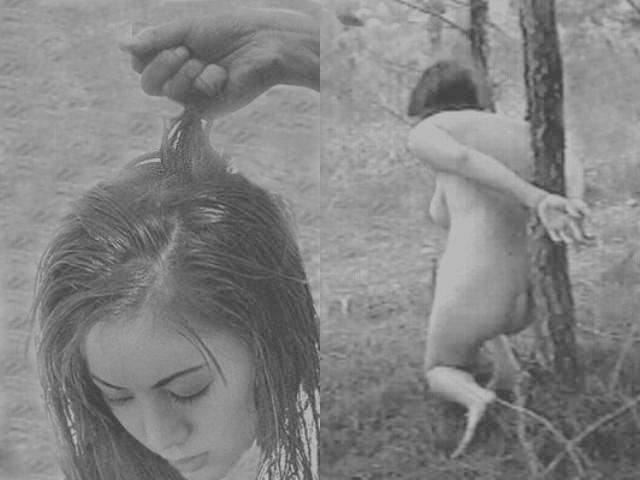
| We sat down to eat the meat that was already prepared, while Ihuoma,
who had by now nearly succumbed to the steaming water, simmered quietly
in the pot.
“Pudendum?” offered the chief before taking a bite out of one of the four original girl’s private parts. “No thank you,” I answered knowing his fondness for the delicacy, though, he still had three more on his plate. “This generation today,” he mused, “just doesn’t have that same respect for tradition that we did. Are you sure you don’t want a piece? It’s very tasty… delicious in fact.” When he finished eating the piece in his hand, he licked his fingers and took the next piece off of his plate. He pulled it in two and handed me half. “Mmmmmm,” he said showing much enjoyment. “Very tasty indeed. It just goes to show that you never can tell. Now take this woman,” he said waving the piece of meat in his hand.” I almost reached for it until I realized that ‘Now take this woman,’ was only an expression. I was always amazed at the Chief’s ability to discern which pieces belonged to which poor unfortunate. He finished the morsel, leaned to one side and picked up one of the heads from a pile nearby.” |

On the left is a photograph of Professor Mary Farnsworth's head taken by the author as the chief lifted it from a pile of severed heads. On the right is a photo taken by Rakotobe, the head cook, of the good professor as she was held in the pantry. It is interesting to note how the native mind frames a picture, not showing the victim's face. The precise reason for this phenomenon is unclear, but perhaps it is an instinctive impulse to focus on the meatier parts of the intended victim. More research will certainly be required to determine the exact cause.


